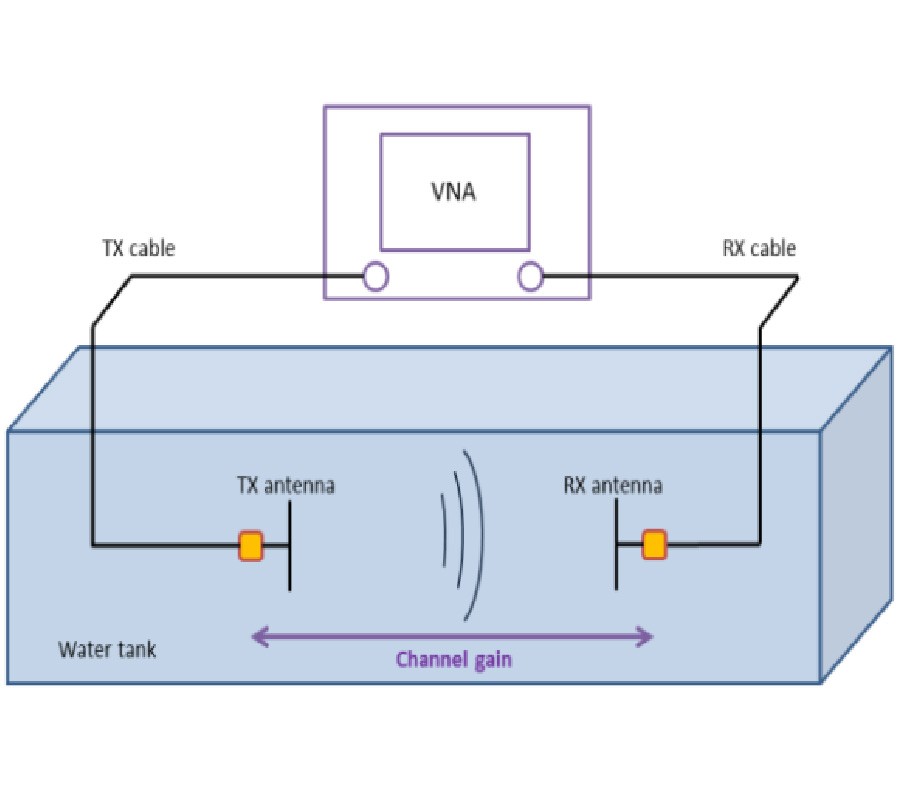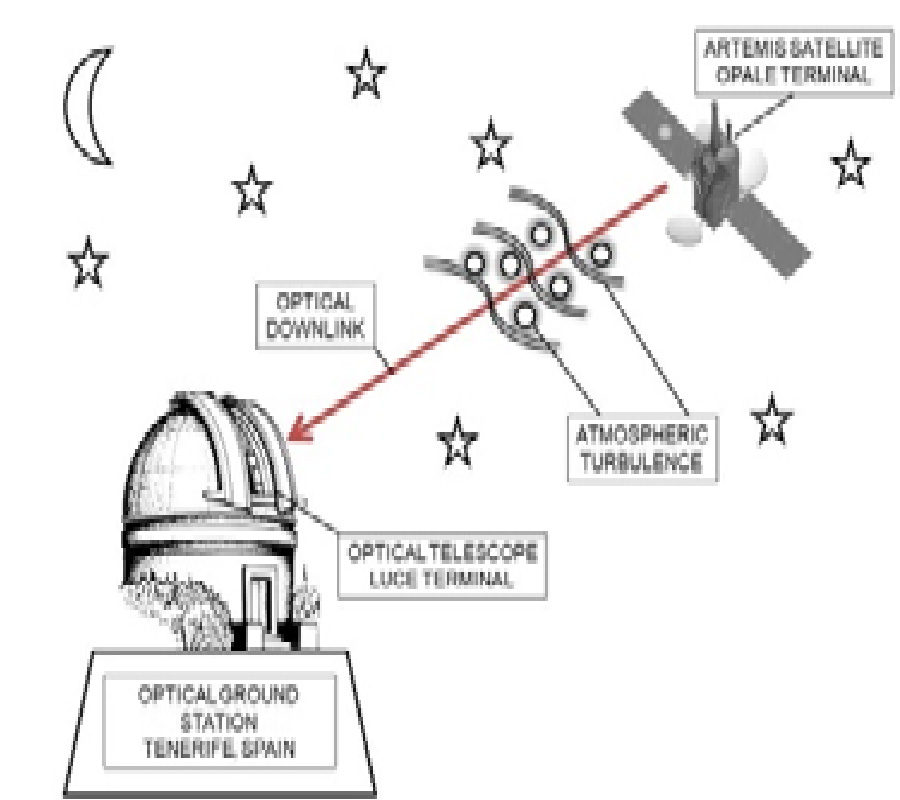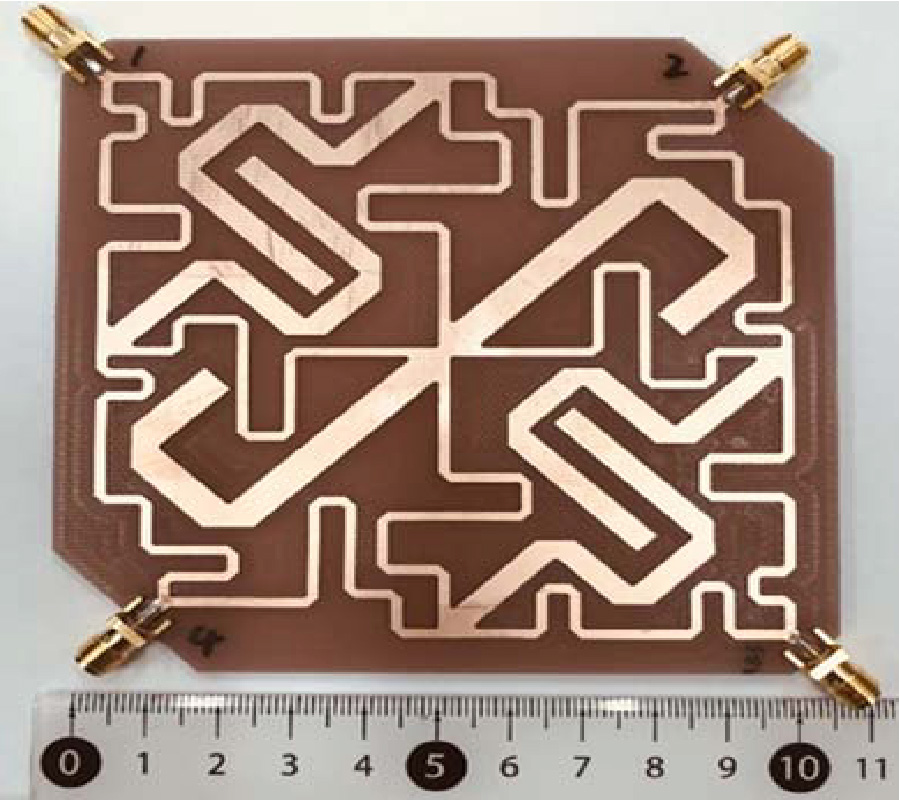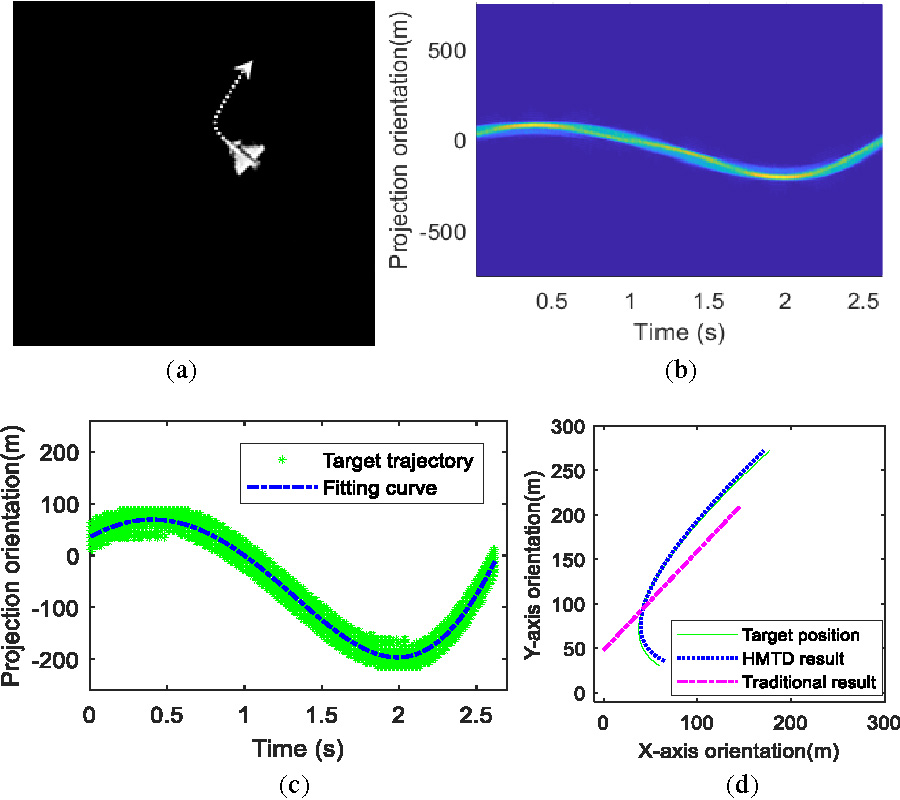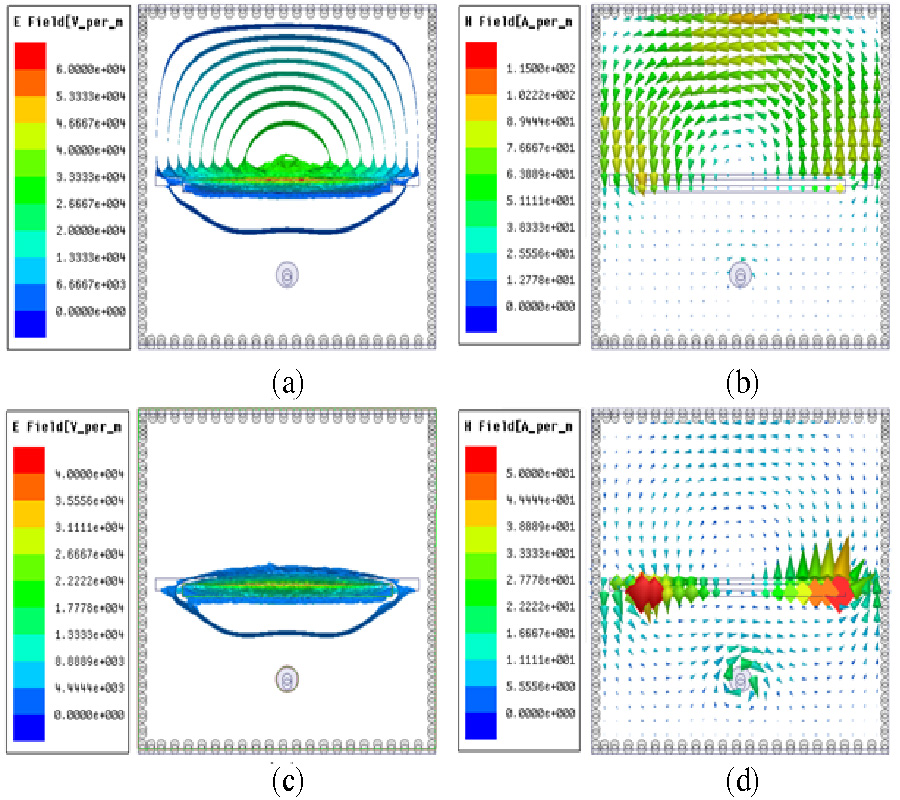Design of Dual-/Tri-Band BPF with Controllable Bandwidth Based on a Quintuple-Mode Resonator
Sheng-Fang Zhang,
Li Tian Wang,
Sheng-Hui Zhao,
Jie Zhou,
Zhi-Peng Wang,
Xin Zhang,
Xue-Lian Liang,
Ming He and
Lu Ji
In this article, a new class of dual-/tri-band bandpass filters (BPFs) using a quintuple-mode resonator (QMR) is proposed. The classic odd-/even-mode analysis method is used to analyze the two filters due to their symmetrical structure. Owing to characteristics of the QMR, the dual-/tri-band BPFs based on the same topology are designed. The bandwidths (BWs) of the passbands are controllable. A dual-band BPF with center frequencies of 2.1 GHz/3.43 GHz and a tri-band BPF with center frequencies of 2.35 GHz/3.44 GHz/5.2 GHz are designed, fabricated, and measured. The fabricated filters are compact in size, and measured results are in good agreement with the simulated ones.
